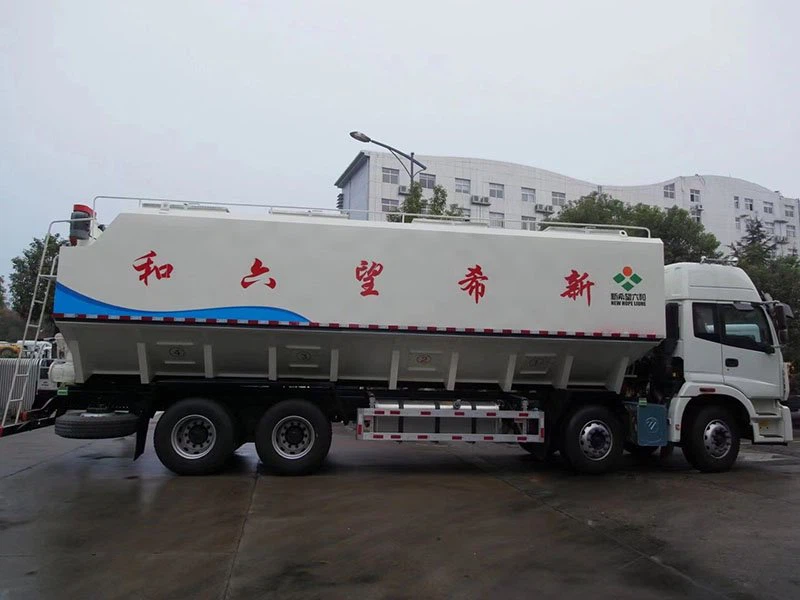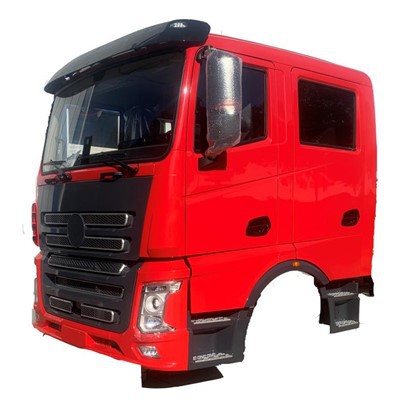Understanding Bucket Boom Trucks: Everything You Need to Know

Introduction
In the world of construction and maintenance, bucket boom trucks play an essential role in safely reaching elevated work areas. These versatile vehicles combine the functionality of a truck with the lifting ability of a bucket, allowing workers to perform tasks at heights safely and efficiently. Whether you’re in landscaping, electrical work, or tree care, understanding the capabilities and applications of bucket boom trucks can significantly enhance your operational efficiency. In this article, we will delve into the details of bucket boom trucks, their features, types, and best practices for usage.
What is a Bucket Boom Truck?
A bucket boom truck is a specialized vehicle equipped with an extendable arm (boom) that ends in a bucket-like platform. This bucket is designed to safely elevate workers along with their tools and equipment to perform tasks at height. Typically mounted on a truck chassis, these boom trucks can traverse various terrains, making them versatile in multiple industries.
Types of Bucket Boom Trucks
1. Telescopic Boom Truck
Telescopic boom trucks feature a boom that extends and retracts like a telescope. This design allows for greater reach without the need for a large base. They are ideal for tasks requiring significant elevation and horizontal reach.
2. Articulating Boom Truck
Articulating boom trucks have jointed arms that can bend and twist, allowing for maneuverability around obstacles. This type is beneficial in environments with various physical barriers, such as trees or buildings.
3. Straight Boom Truck
Straight boom trucks have a rigid, non-bending arm that offers a straight vertical lift. These are typically used for tasks that require lifting loads straight up, such as utility work.
4. Track-Mounted Boom Truck
Track-mounted boom trucks provide stability on challenging terrains. They are particularly useful in construction sites where traditional wheeled trucks might struggle.
Key Features of Bucket Boom Trucks
1. Safety Features
Safety is paramount when operating bucket boom trucks. Key features include:
- Emergency stop buttons
- Stabilizers to prevent tipping
- Fall protection systems
2. Platform Size
The size of the bucket or platform affects how many workers can operate simultaneously. Ensure to choose the right size based on the job’s needs.
3. Weight Capacity
Different truck models have varying weight limits. Always check the manufacturer’s specifications to choose a model that can handle the required load.
Common Applications of Bucket Boom Trucks
1. Tree Care and Maintenance
Tree service companies often use bucket boom trucks for pruning and removing branches at heights, ensuring the safety of their workers.
2. Electrical Work

Bucket trucks are widely utilized by electrical companies to reach tall utility poles for maintenance and installation of power lines.
3. Construction Projects
During construction, these trucks assist in installing roofing materials, signage, and other elevated structures.
4. Window Cleaning and Maintenance
High-rise window cleaning services frequently use boom trucks to safely access windows on tall buildings.
Buying vs. Renting a Bucket Boom Truck
1. Buying a Bucket Boom Truck
Investment in a bucket boom truck can be beneficial for companies with frequent needs for aerial work. Consider the following:
- Long-term cost savings
- Customization options
- Asset accumulation
2. Renting a Bucket Boom Truck
For companies with occasional needs, renting may be a more financially viable option:
- No maintenance costs
- Flexible rental terms
- Access to the latest models
Key Considerations When Operating a Bucket Boom Truck
1. Operator Training
Proper training is crucial for safely operating a bucket boom truck. Operators should receive certification in aerial lift operation and safety.
2. Daily Inspections
Before each use, operators should conduct thorough inspections. Look for issues such as:
- Fluid leaks
- Damaged cables
- Functionality of safety devices
3. Weather Conditions
Weather plays a significant role in the effective use of bucket trucks. Windy conditions or storms can make operations hazardous, so always check forecasts before starting work.

Maintenance Tips for Bucket Boom Trucks
1. Regular Servicing

Adhere to a regular maintenance schedule that includes oil changes, inspections, and system checks. Following the manufacturer’s recommendations will extend the life of the vehicle.
2. Cleaning
A clean truck not only looks good but also functions better. Regularly wash the truck and inspect it for signs of wear or damage.
Cost of Bucket Boom Trucks
1. Purchase Costs
New bucket boom trucks can range from $25,000 to $150,000 or more, depending on size and capabilities. Buying used models can cost significantly less, ranging from $10,000 to $80,000.
2. Rental Costs
Rental prices may vary based on location and truck type, averaging between $150 to $500 per day. Long-term rentals typically offer better rates.
Frequently Asked Questions (FAQs)
1. What is the average height limit for bucket boom trucks?
Bucket boom trucks can reach heights ranging from 30 feet to over 80 feet, depending on the truck model.
2. Are there regulations governing the operation of bucket boom trucks?
Yes, operators must adhere to OSHA regulations and local guidelines to ensure safe operation and maintenance practices.
3. How often should bucket boom trucks be inspected?
Diligent daily inspections and thorough professional checks monthly or after every 200 hours of operation are recommended.
4. Can I operate a bucket boom truck without a license?
Most regions require operators to have certification and training to operate bucket boom trucks safely.
5. What safety gear is required when operating a bucket boom truck?
Operators should wear hard hats, harnesses, non-slip shoes, and eye protection while working in or around bucket boom trucks.
6. How can I find the right bucket boom truck for my needs?
Assess your specific requirements, such as the maximum height needed, weight capacity, and the type of tasks you’ll perform, then consult with a reputable dealer or rental company.
